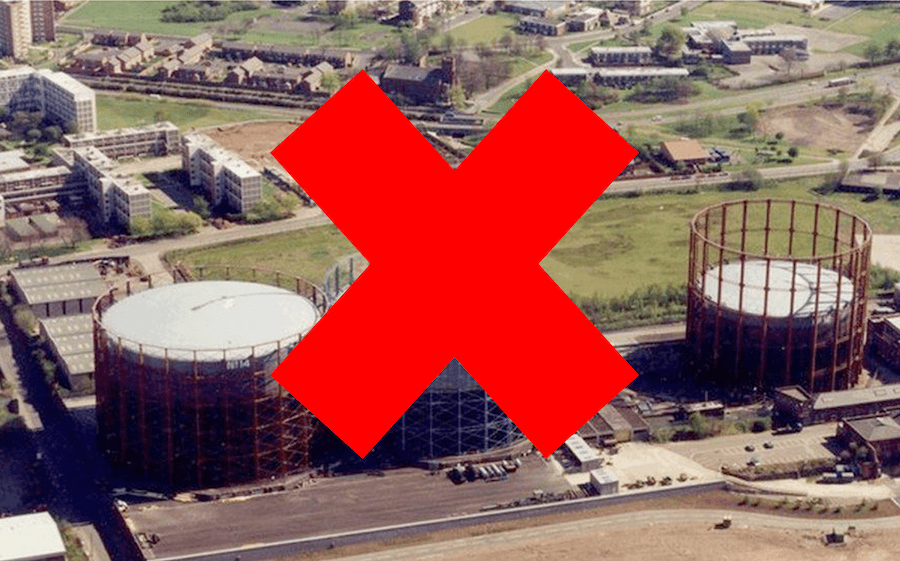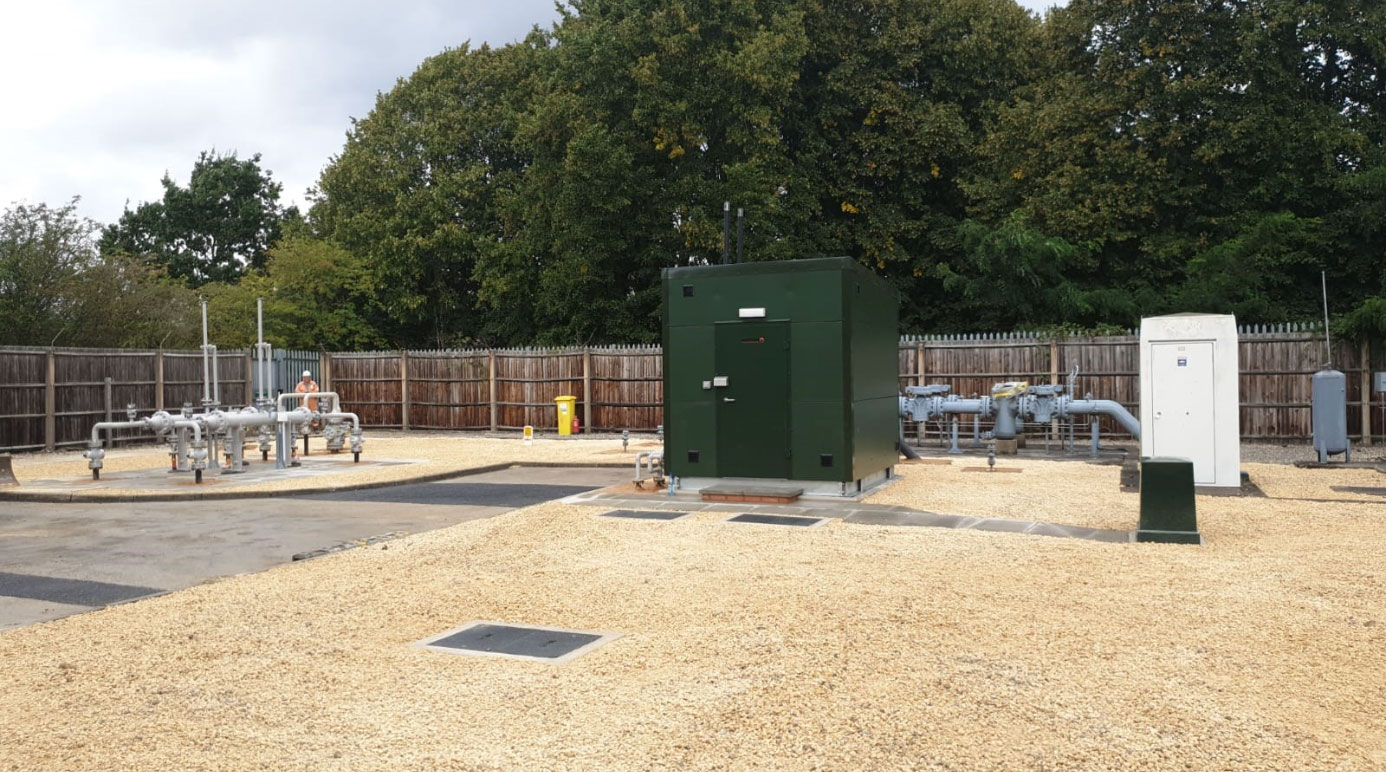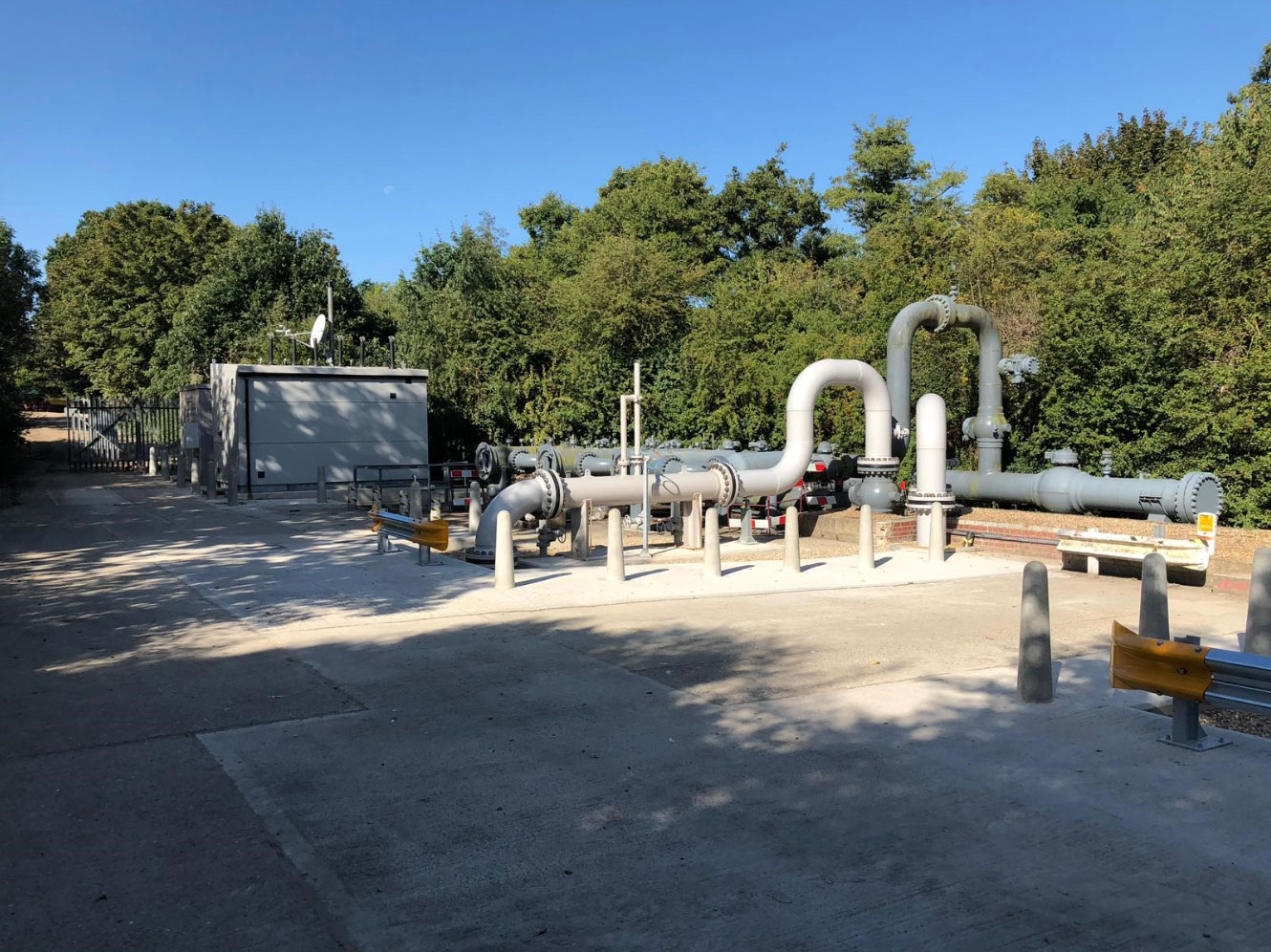Hydrogen Above Ground Installations what they are, why we need them and what they'll look like
What are HAGIs?
Hydrogen Above Ground Installations: what they are, why we need them and what they'll look like
The majority of Cadent's HyNet North West Hydrogen Pipeline will be underground. In some places, however, we will need some Hydrogen Above Ground Installations (or HAGIs).
Why we need HAGIs?
HAGIs are important. They will allow us to control the flow and pressure of hydrogen at key points along the pipeline and act as the connection points for industrial customers, the Hydrogen Production Plant, Storage Facility and blending points into the existing natural gas network. They will also allow us access to the pipeline network to carry out our routine maintenance programme.
What HAGIs typically look like?
Cadent manages over 600 Above Ground Installations across England on the existing natural gas network. There is a good chance you may have driven or walked past one and not noticed it. They do not look anything like the historical large gas holders (which we have removed from the natural gas network over the last decade)

HAGIs are made up of a range of structures and pieces of equipment which are designed to be kept at a low level - usually around two metres tall. Much of the equipment is located below ground which is why a lot of the space used looks empty. This equipment includes things like:
- Pressure Reduction Units that control the flow or pressure of hydrogen into the network
- Instrument and control kiosks that house the equipment that monitors things like flow, pressure and temperature of the hydrogen
- Inspection facilities that allow us to monitor and clean the pipeline
- Equipment to allow hydrogen to be blended with natural gas and supplied into the pipeline network.

Our HAGI sites will be protected by safety fencing that's typically between two and three metres high, with a gate allowing access. Sites also usually require an access road linking the site to the local road network and places for workers to park their vehicles.
Sites can vary in size depending on their specific use, but they typically range between one and a half and two hectares (one hectare is around the size of a football pitch). At our second consultation this autumn, we will be able to provide more detail on what our HAGIs could look like and where they will be located. This will include images, similar to a photograph, of what the constructed HAGI could look like from different viewpoints. The project will continue to look at opportunities to optimise the amount of HAGIs, their locations and size to reduce the impact of these facilities.

Minimising any potential visual and environmental impact
Like the underground pipeline, HAGIs will be designed and constructed to minimise any potential visual impact, as well as any effect on natural habitats and the environment.
Some of the ways we could look to manage potential impacts include:
- Screening HAGIs from view with hedges, trees and/or fencing to reduce their visibility and decrease any noise.
- HAGIs typically don't need to be lit at night but sites may have lights installed for use in certain situations
- There may be some noise during construction but overall we don't anticipate much noise disturbance once the HAGIs are built (like our existing natural gas facilities)
- There will be some coming and going of workers carrying out essential checks and routine maintenance, but this will be kept to a minimum and sites will not be manned 24 hours a day.
Where will our HAGIs be?
At our first consultation early in 2022, we presented a number of search areas where we could locate HAGIs for the new pipeline. Since that consultation we've been looking at the feedback people provided as well as carrying out more technical and environmental assessments.
We think we will need around 10 HAGIs in total, including the Central Hub (where the four pipelines meet). At our second consultation we'll provide more detailed locations and designs for these HAGIs, within the original search areas, and people will have another opportunity to provide feedback and help improve the project's design.
If you have any further questions on HAGIs, or any of our work, please contact the project team at info@hynethydrogenpipeline.co.uk or on 0800 860 6261.